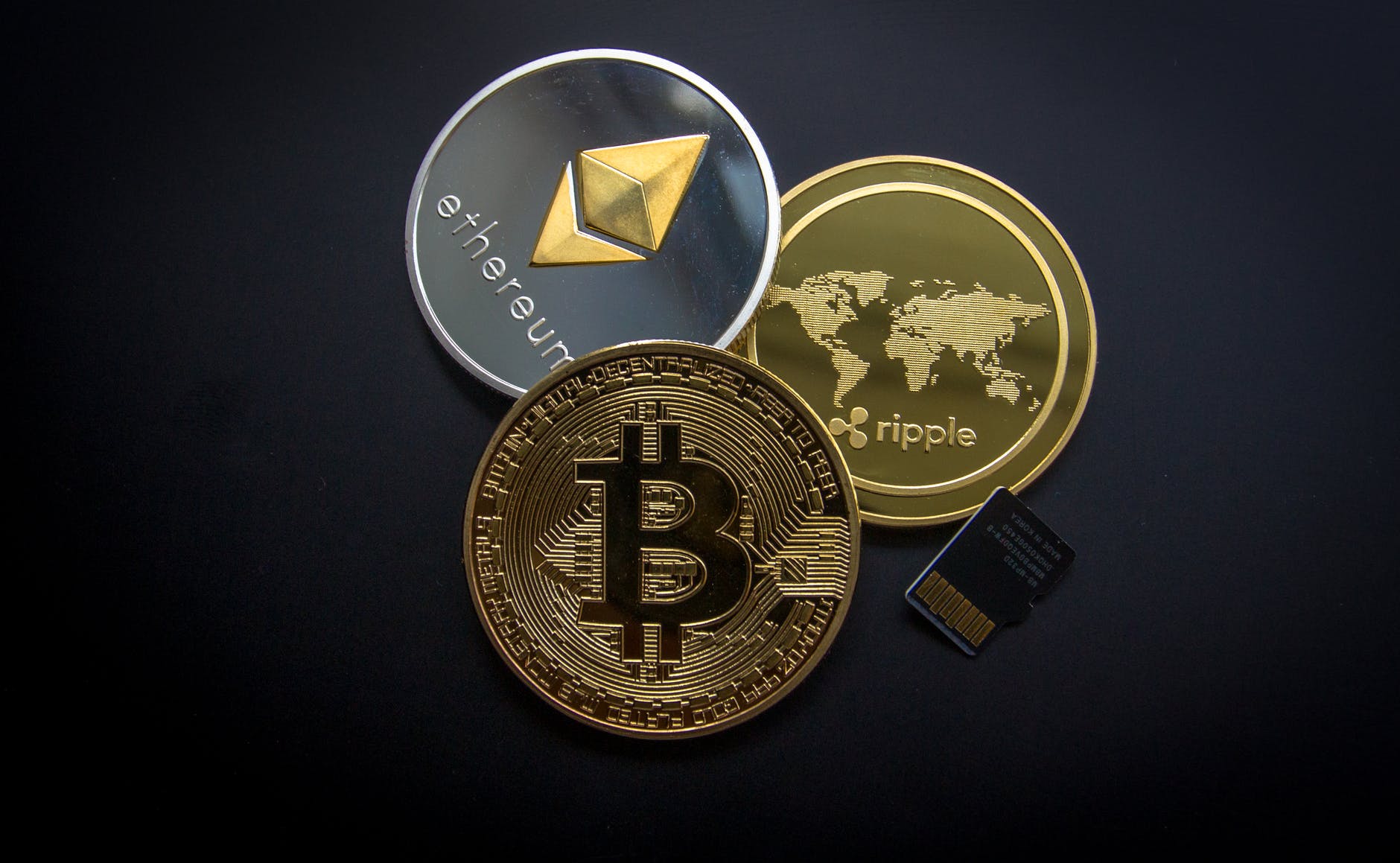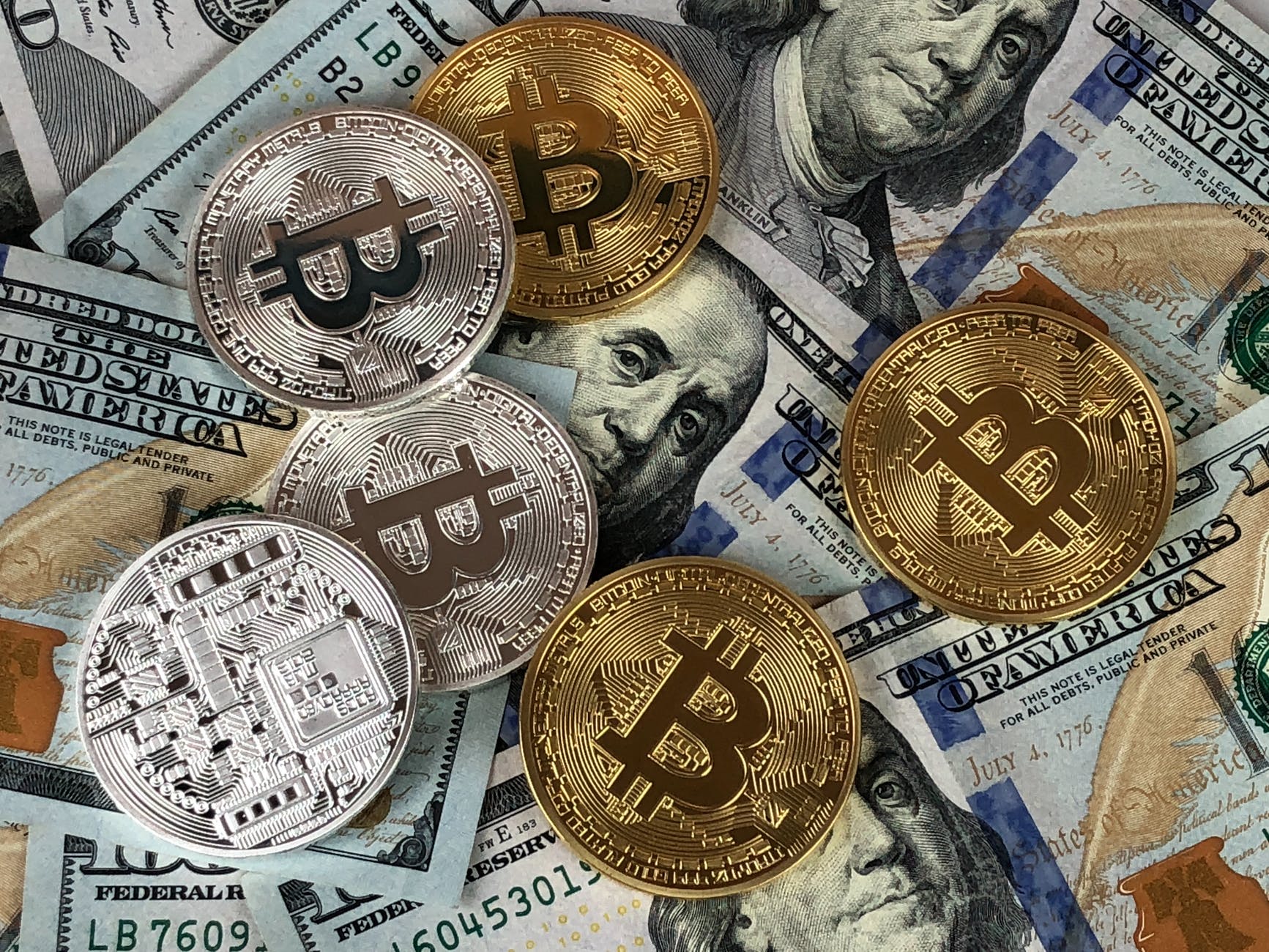Let’s go back and talk about the Ponzi scheme a hundred years ago. The American Italian immigrant Ponzi started planning in 1919 to set up a shell company to trick investors into investing in this fictional company, and then put new investors’ Money, as a quick profit to pay the initial investors, is tantamount to going online and pulling offline to induce more people to be fooled. This conspiracy lasted for a year before it was broken. The reason for its failure was “centralization.” The ledger was only stored in one person’s computer, and Ponzi was finally sentenced to five years in prison.
The cryptocurrency is “proclaimed” to be decentralized, using the so-called blockchain technology, using computer algorithms to disperse and store accounts in the computers of many miners around the world, package them into innovative financial technology, and then expand through community hype With the momentum, raising the price and then pour the new investors to cut the leeks, it is tantamount to going online and offline. What is the difference between this and the Ponzi scheme a hundred years ago?
More importantly, even the government and entrepreneurs want to jump in and get a vote. What’s interesting is that no one will be sentenced in the end because it is “decentralized”, so who should be caught? ? So I say this is a decentralized Ponzi scheme of unprecedented scale. The reason for its success is that it is under the banner of “decentralization.” Not flexible enough!
In fact, as long as the packaging is good, a centralized Ponzi scheme can be successful!
I accidentally saw a report in a magazine: Bitcoin price fluctuates too much and the checkout time is too long, so it can’t replace cash so far, but the lack of Bitcoin opens up opportunities for innovators, which is to anchor fiat currency to achieve “Stable coin” that minimizes price fluctuations. The third-largest cryptocurrency in the world, the ancestor of stable coins is the “USDT” anchored to the U.S. dollar. It is not produced by “mining”, but is exchanged at 1:1 for U.S. dollars. It completely inherits the characteristics of the value storage of U.S. dollars and has cryptocurrency at the same time. The characteristic of is completely digital and decentralized. It can be used to pay any object in the world at any time and place. It can be said that it is a US dollar that is better than the US dollar. No wonder, since the rise of USDT, there have been more than 200 kinds of stability. currency. This text seems to be succinct, what’s the problem in the end?
What tricks are “stable coins” playing?
The cryptocurrency whose currency value is anchored to a specific one or several fiat currencies is called “Stable Coin”, which can indeed solve the problem of the skyrocketing and plummeting of cryptocurrencies, allowing investors to exchange cryptocurrencies for stablecoins for profit settlement and avoidance. risk. There are four main types of stablecoins:
Legal currency equivalent reserve: The issuer centralizes the issuance of stable currency, and at the same time guarantees the equivalent of 1:1 legal currency reserve, which is the main method at present, such as: USDT currency issued by Tether, USDC currency issued by Coinbase trading, and currency BUSD currency issued by Binance trading, etc.
Equivalent reserve of valuable assets: The issuer centrally issues stablecoins and guarantees a reserve of valuable assets close to 1:1. Gold or other valuable assets can be used, such as DGX coins issued by Singapore DigixGlobal via an Ethereum smart contract .
Excessive reserves of cryptocurrency: The issuer centralizes the issuance of stablecoins, and at the same time guarantees a cryptocurrency reserve of more than 1:1. Due to the large fluctuations in the price of cryptocurrencies, excess reserves are necessary to ensure the value of stablecoins when prices fall sharply, for example: Maker The DAI currency issued by the foundation through the Ethereum smart contract.
Smart contract control quantity: use smart contract algorithm to issue stablecoins. When the market price is lower than the anchor price, a certain percentage of the stablecoins will be recovered or destroyed to reduce market supply and promote the market price to rise; when the market price is higher than the anchor price At the price, the smart contract issues a certain number of stable coins to expand the market supply and drive the market price to fall. The advantage of algorithmic stablecoins lies in their independence and is not affected by the value of mortgage assets, such as Basis, Nubits, uFragments, Reserve, and AmpleForth coins.









